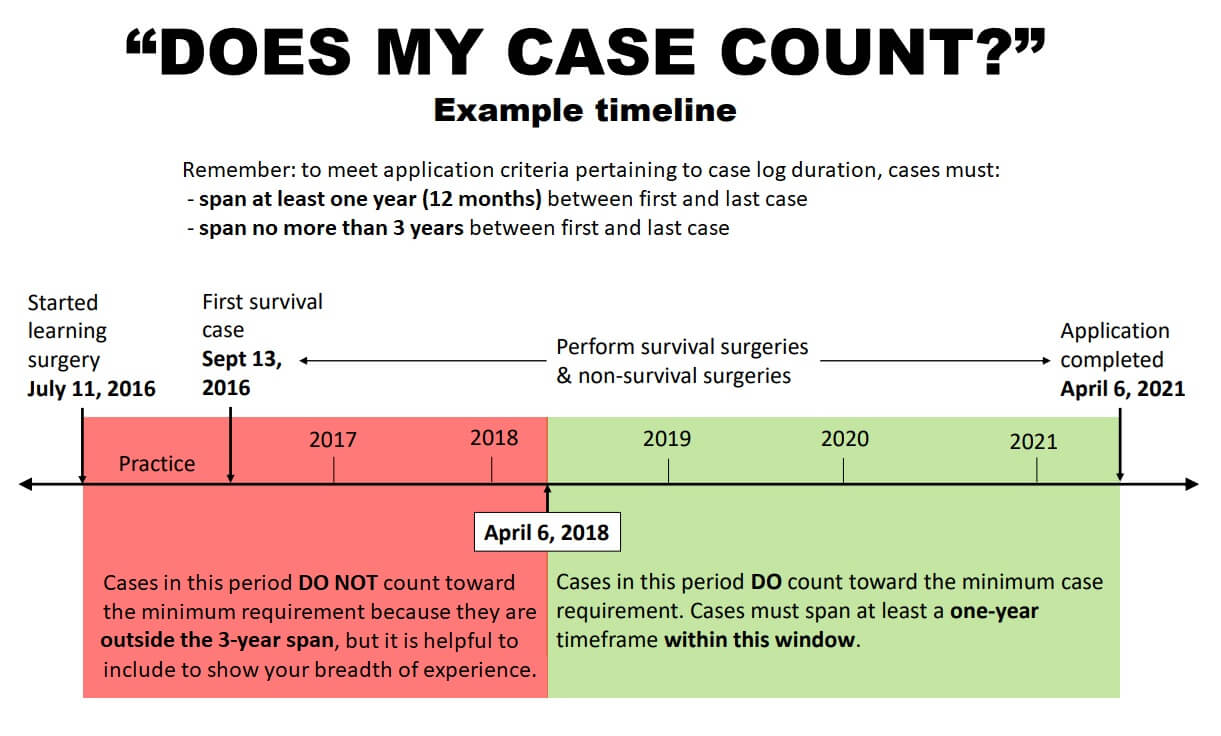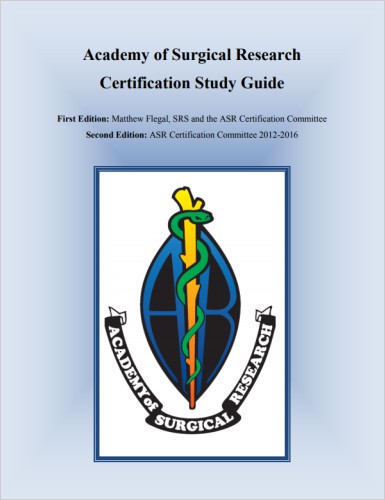The deadline for submitting your Certification exam application is April 15th. Exam completion may be deferred to the following year if requested and approved. Please email us if you have any questions.
Certification Levels
Holding Multiple Certifications
The SRA certification may be held in conjunction with either the SRT or SRS certification. However, the SRS and SRT certifications cannot be held simultaneously since the SRS certification builds on knowledge required for the SRT level, and therefore supersedes it. It is not necessary to obtain the SRT certificate prior to sitting for the SRS exam.
Get Certified

Important Tips!
- If you have questions, email the Certification Committee.
- Before submitting payment, review the complete application package for the certification level you wish to complete.
- Ensure you will be able to meet all of the specific requirements listed in the application package.
- Plan ahead! Completing all the requirements listed for SRA, SRT and SRS typically takes 1 year.
- Successful completion of each certification level involves two components.
- A complete application package is received, reviewed by our committee and deemed acceptable (ie. meets the requirements listed). Case logs may be combined and do not have to be uploaded separately.
- The candidate sits and passes the certification exam.
- The ASR Certifications Committee will only review applications uploaded to the ASR mydocs account if payment has been received.
- Ensure your complete application package is uploaded no later than April 15th of the year you intend to take the exam.
- Applicants will receive notification the first week of July confirming acceptance to take the exam, or, a request for additional information. If more information is required, you will be contacted within 1 – 2 weeks. After this is provided, you will either be accepted or rejected to sit the exam.
- If the reason for rejection is “insufficient cases”, you will be given the opportunity to defer to the following year.
- Start studying as soon as possible! A list of references can be found Resources Section.
Candidates should include all of the cases they perform in their log in order to accurately outline their relevant experience. The log reinforces the importance of monitoring outcomes as a life-long responsibility of surgeons and anesthetists performing aseptic survival surgery. It is the responsibility of the candidates’ organization to review the log and attest to its accuracy.
The cases reflected in the log must occur over a 12 month period, with no more than three years transpiring between the oldest case and the date of application. In certain cases, exceptions may be made at the discretion of the Certification Committee and the Academy’s President.



